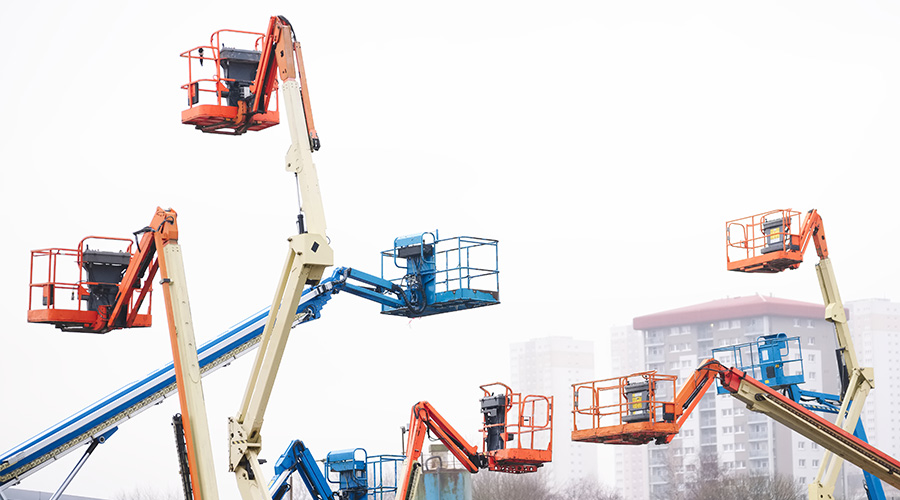Seeking Solutions for Inventory Concerns
Part 2 of a three-part article on inventory management
No facility ever brought me in because they believed they had too much inventory space. Every time, the goal is to assist them in determining how much more space they need. Applying the numbers above, how much space could managers free up in order to stock the correct materials?
A typical technician spends 24 percent of the day walking to and from a job site. This technician also spends 18 percent of the day looking for parts or tools. How do these numbers translate into real money? A technician’s average hourly rate is $17.80, according to Indeed.com. Twenty-four percent of $17.80 is $4.27, and 18 percent of $17.80 is $3.20. Together, those figures mean a technician wastes $7.47 per hour traveling to and from the job site and looking for materials to complete the task.
A work year of 2,080 hours multiplied by $7.47 equals $15,537 that an organization pays a technician to walk to and from the storeroom and look for parts. The average U.S. annual income for a technician was $37,000 as of May 2016. This means of that salary, 42 percent — 24 percent for travel plus 18 percent looking for parts — or $15,540, is nonproductive. Twenty technicians each wasting $15,540 equates to $310,800 annually. Add this figure to the inventory numbers, and the waste is staggering.
Finding answers
What is the solution? Managers can start by fully understanding the contents of their inventories. In most organizations I have worked with, 10-30 percent of the inventory is not documented. Understand the inventory, and get it documented by the department’s computerized maintenance management system.
Once everything is documented, identify obsolete materials. When I perform this step, I check for several things:
Association. Is this item associated with a current piece of equipment?
Condition. In what condition is this item? Have parts been cannibalized? Is the part still useful? How has the part been stored and maintained?
Availability. Is the part easily available? If the OEM discontinued making it, it might be classified as a critical spare.
Once obsolete inventory has been identified, managers need to be sure storeroom personnel do not randomly discard assets. Financial people do not like it when assets are discarded without some type of accounting transaction.
The next step is to establish proper stocking levels based on historical use. This step can be challenging, but making best guesses is better than not doing anything at all. It is important for managers to understand which items are overstocked and, perhaps more importantly, which items are understocked. This is called risk. The sole purpose of an MRO storeroom is risk mitigation.
Related Topics:














